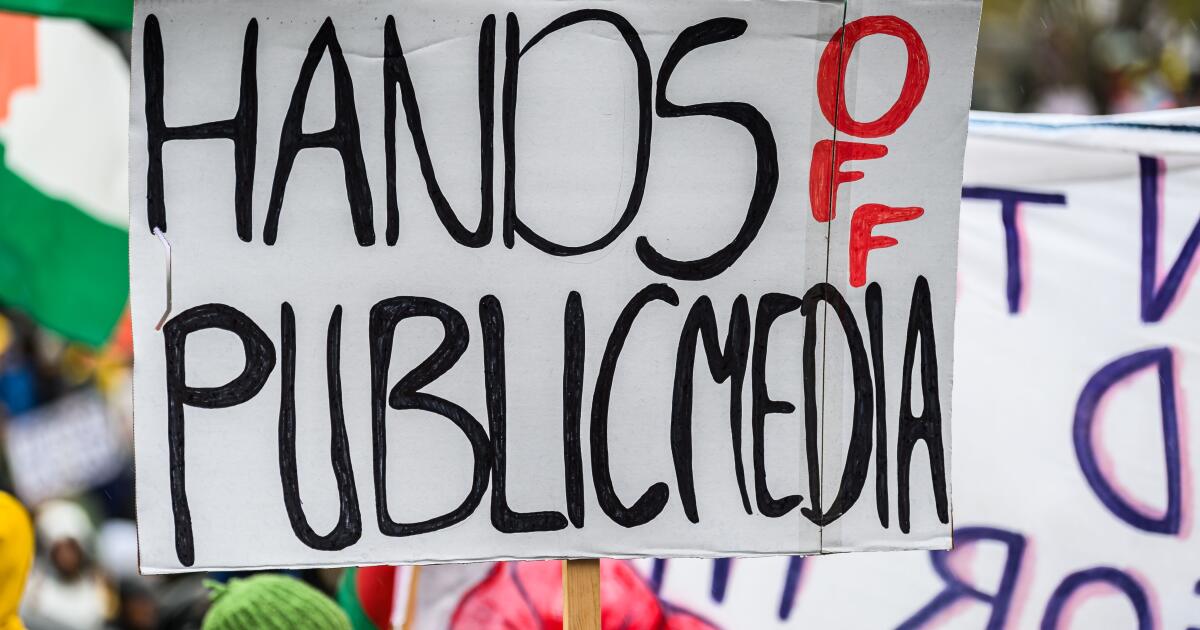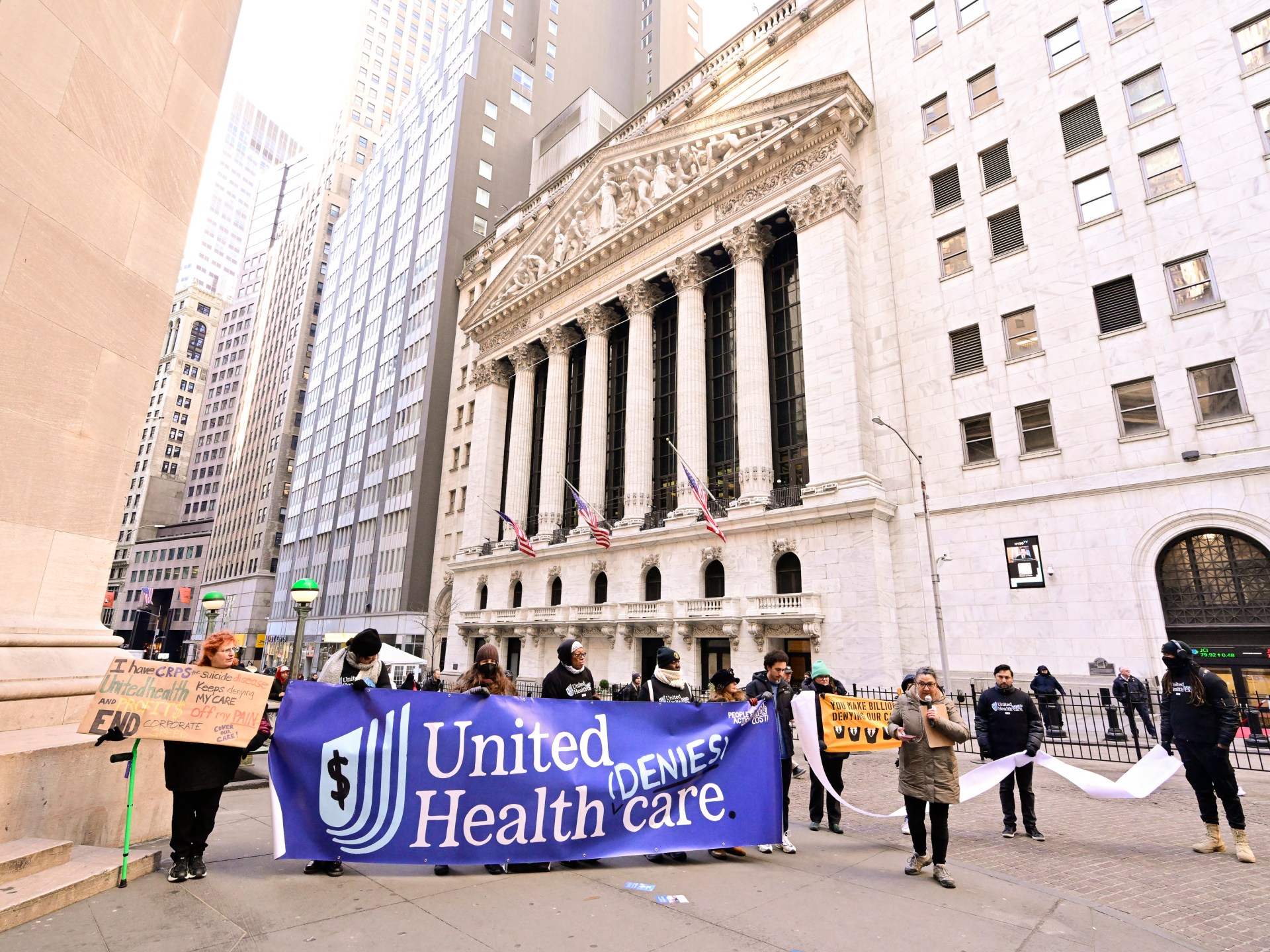Unhappy With Your Medicare Plan? Here’s Some Good News.
If your Medicare coverage is a letdown, you should soon have an opportunity to make changes.
One of the biggest expenses you might face in retirement is healthcare. And it’s an expense that you may only be able to do so much to reduce.
If you’re tired of paying huge property taxes and spending a lot to maintain a larger home, you can always downsize. If you don’t want to bear the expense of a car, you could move to an area that’s walkable.
Image source: Getty Images.
But if you need to take certain medications to protect your health, you may not get much of a say in the matter. And if you have a medical condition that involves follow-up appointments, skipping them to save on the costs may not be an option (or at least not a wise one).
That’s why it’s so important to make sure you’ve chosen a suitable Medicare plan. The right plan could lead to big savings on health-related costs, not to mention make it easier to get the care you need.
Why you may be unhappy with your Medicare coverage
There are plenty of reasons why you may be less than pleased with your Medicare plan choice. If you have Medicare Advantage, you may be frustrated by:
- Limited provider networks, making it harder to see the doctors you prefer
- Prior authorization, which could delay your care
- High rates of denial, which could be stressful and lead to sub-optimal care
- Hefty out-of-pocket costs, which you could face even if your plan itself comes with a low or even $0 premium
Meanwhile, if you have Medicare Part D, you may be unhappy due to:
- High out-of-pocket costs for the specific medications you take
- Difficulty understanding your plan’s formulary and rules
All of these are valid reasons for wanting to ditch your Medicare plan. And soon enough, you may get that opportunity.
Relief is in sight
Though you may be stuck with your Medicare plan for the time being, soon enough, you should have an opportunity to make a change for the new year. Medicare’s fall open enrollment period is set to begin next month — specifically, on Oct. 15. Between then and Dec. 7, you’ll be able to make changes to your Medicare coverage.
During open enrollment, you can:
- Switch from your current Medicare Part D drug plan to another
- Switch from your current Medicare Advantage plan to another
- Sign up for Medicare Advantage for the first time
- Dump Medicare Advantage and switch over to original Medicare (and get a Part D drug plan to go with it)
It pays to explore your plan choices during open enrollment. But ahead of that, make a list of the issues you have with your current Medicare plan so you can make sure any new plan you get does a good job of addressing them. If high medication copays are a problem, for example, then you’ll want to find a Part D plan that treats the drugs you take more favorably.
One thing you don’t want to do, though, is rush through open enrollment if you’re dissatisfied with your current Medicare plan. Mark Oct. 15 on your calendar so you can begin pursuing other options as soon as possible and have ample time to analyze them.





